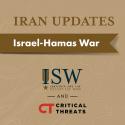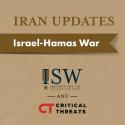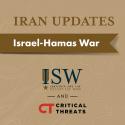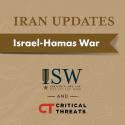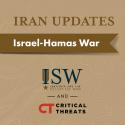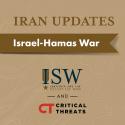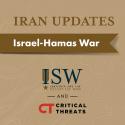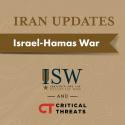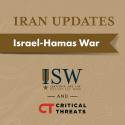Iran Update, July 3, 2024
Jul 3, 2024 - ISW Press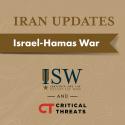
The two Iranian presidential candidates—ultraconservative Saeed Jalili and reformist Masoud Pezeshkian—discussed economic issues in their final debate before the upcoming runoff election. The debate occurred on July 2. Ultraconservative Saeed Jalili continued to downplay the importance of nuclear negotiations with the West. Reformist Masoud Pezeshkian tried to garner support from hardliners. The runoff election will occur on July 5.


